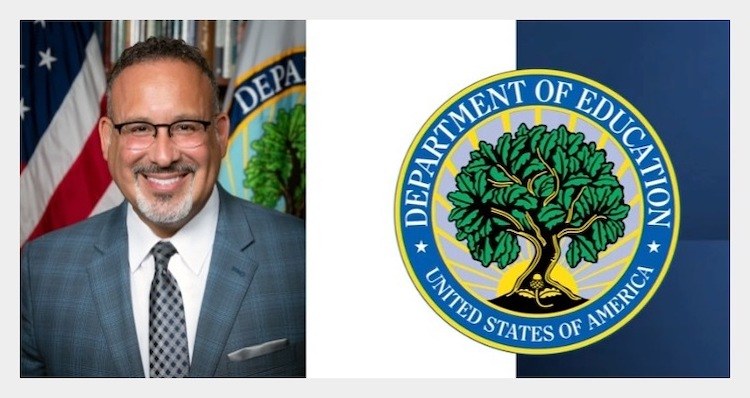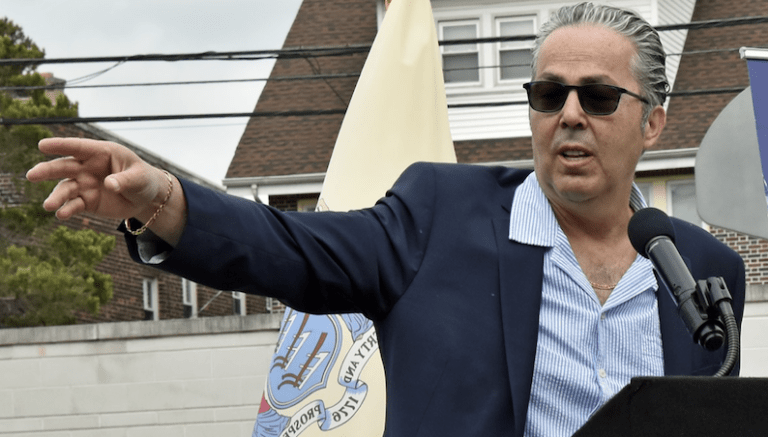How Union City, NJ schools achieved huge gains. Hint: It wasn’t via corporate school reform.
The following is a book review of David Kirp’s Improbable Scholars: The Rebirth of a Great American School System and a Strategy for America’s Schools.
If you believe that education can only be reformed by center-right business notions—that privately run nonunion charters will outperform public schools; that teachers need to be goaded into doing a good job—David Kirp is here to tell you that absolutely the opposite is true. Generous funding, tied to a rigorous and rich curriculum, with testing as a diagnostic tool, can produce extraordinary results. Kirp, a professor at the University of California Berkeley who has written extensively about education for decades, is most recently the author of Improbable Scholars: The Rebirth of a Great American School System and a Strategy for America’s Schools, a beautifully rendered account of the schools of Union City, New Jersey. Kirp spent the entire 2010-2011 academic year visiting classrooms in Union City, a low-income, mostly Latino school district of 12,000 students, located five minutes from the gleaming towers of Manhattan. His story is written with the empathy that characterizes Jonathan Kozol’s books on urban education, but with a far more hopeful message.
Kirp quickly falls in love with the children he studies, a group that includes many undocumented students who face difficult home lives. “Be my father!” one boy, Joaquin, cries out one day, a reminder that Joaquin’s father has been gone for two years. Another boy, Andres, calls out, “Be my father.” Writes Kirp, “That’s harder for me to hear because Andres is in fact living with his father.” And when Kirp goes to Paris for Thanksgiving, a boy named TomÃis asks, “Can you return? Do you have papers?”—an indication of the fragile lives these children are living.
Nationally, high-poverty schools are twenty-two times less likely to be high achieving than middle-class schools. That was generally the case with the Union City school district, which ranked next to last in the state in 1989, Kirp notes, sparking the mordant response, “Thank God for Camden!”
But today the situation could hardly be more different. Union City students, overwhelmingly low income and Latino, score at roughly the New Jersey average in reading and math from third grade through high school—this in a state where scores are consistently among the very best in the nation. The graduation rate is 89.4 percent, compared with about 70 percent nationally. Union City High School, according to the American Institutes for Research, ranks among the top 12 percent nationally, and sends students to top colleges.
What happened to turn around an entire high-poverty district like Union City? Generous funding, for one thing. Union City is the beneficiary of a series of New Jersey Supreme Court rulings, including one in 2011 that decreed that the state would have to rescind budget cuts and spend an extra $500 million in impoverished school districts. Among the extras this money bought was a high-quality preschool program. Beginning at age three, students in New Jersey’s high-poverty school districts are entitled to receive free preschool, six hours a day and 245 days a year, taught by teachers with college degrees in small classes. Although the program is not compulsory, about 90 percent of Union City children participate.
Many high-poverty New Jersey districts got this extra funding but continue to fail, while Union City students have flourished. Trenton, for example, embraced what Kirp calls “the Great Leader Theory,” hoping that superstar principals would jump-start individual schools, but has had little success. Union City, instead, pursued system-wide reform, with a number of key elements. The district adopted a consistent curriculum across classrooms, with a relentless focus on early reading and expanding the vocabulary of students. Tests are used as diagnostic tools, rather than to punish, and every new teacher gets a mentor.
More>>


